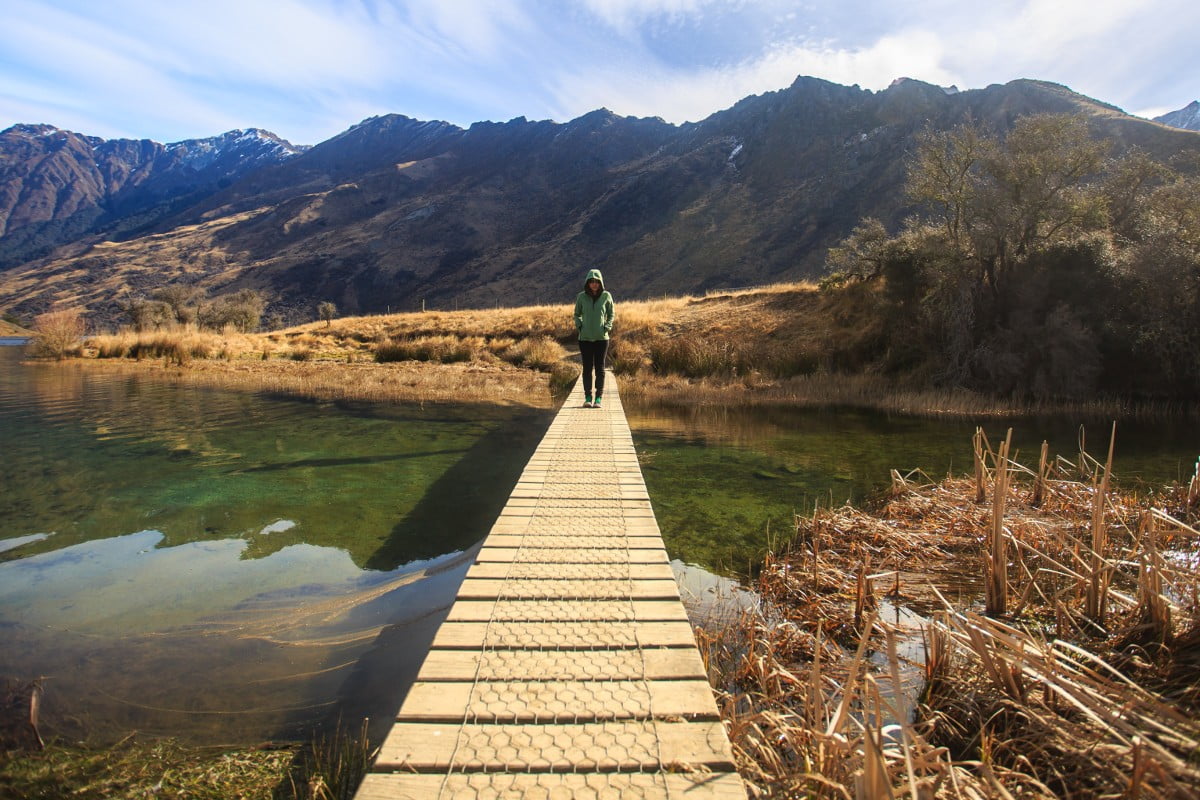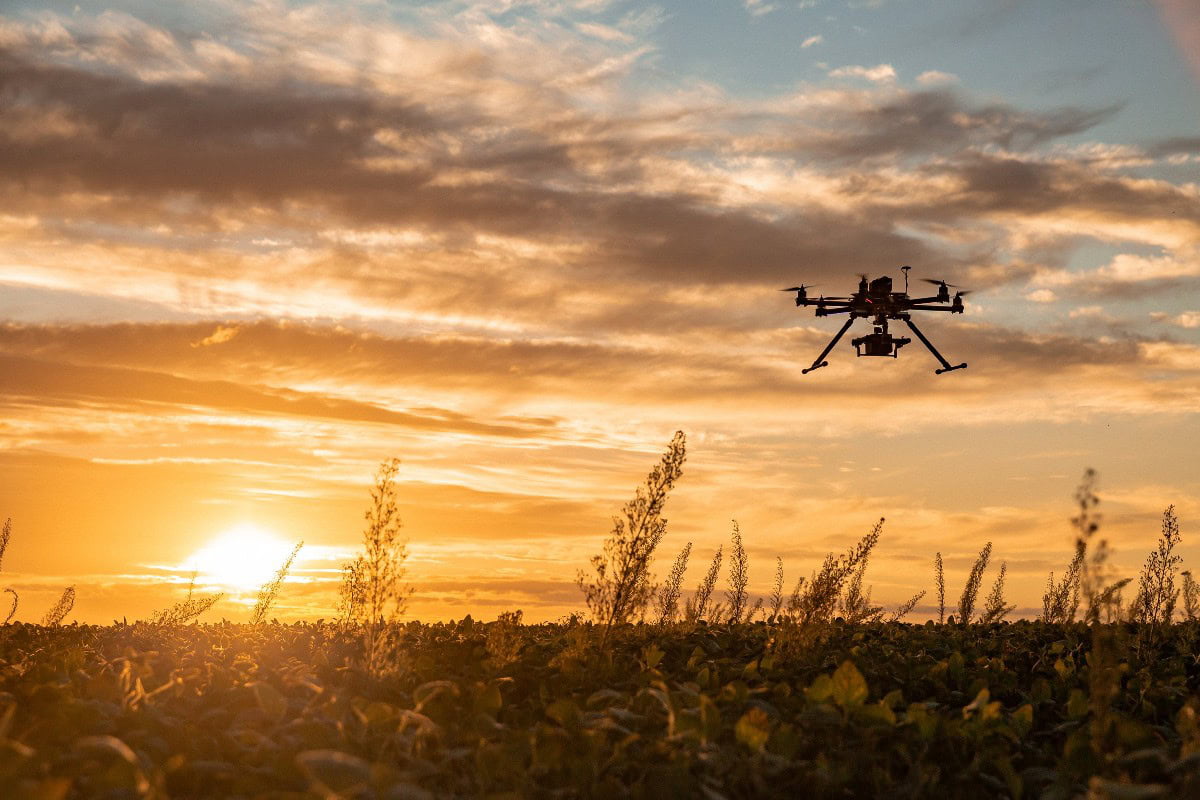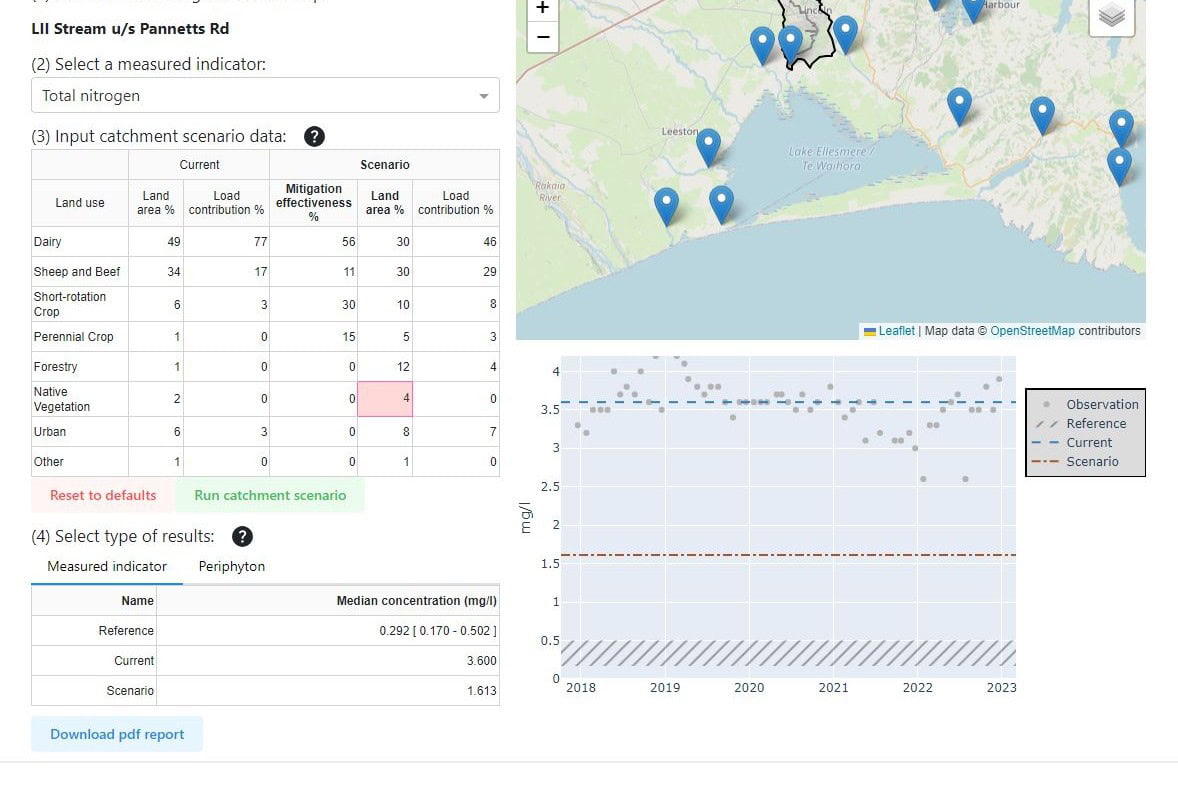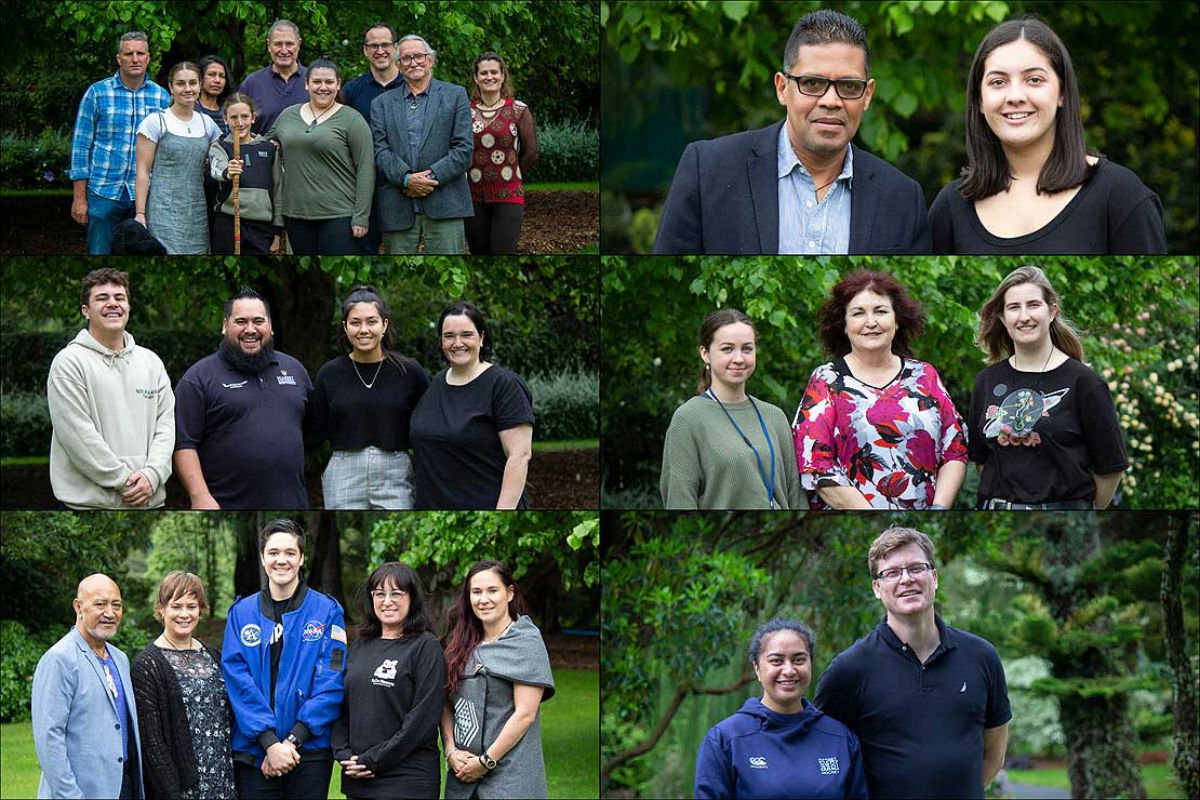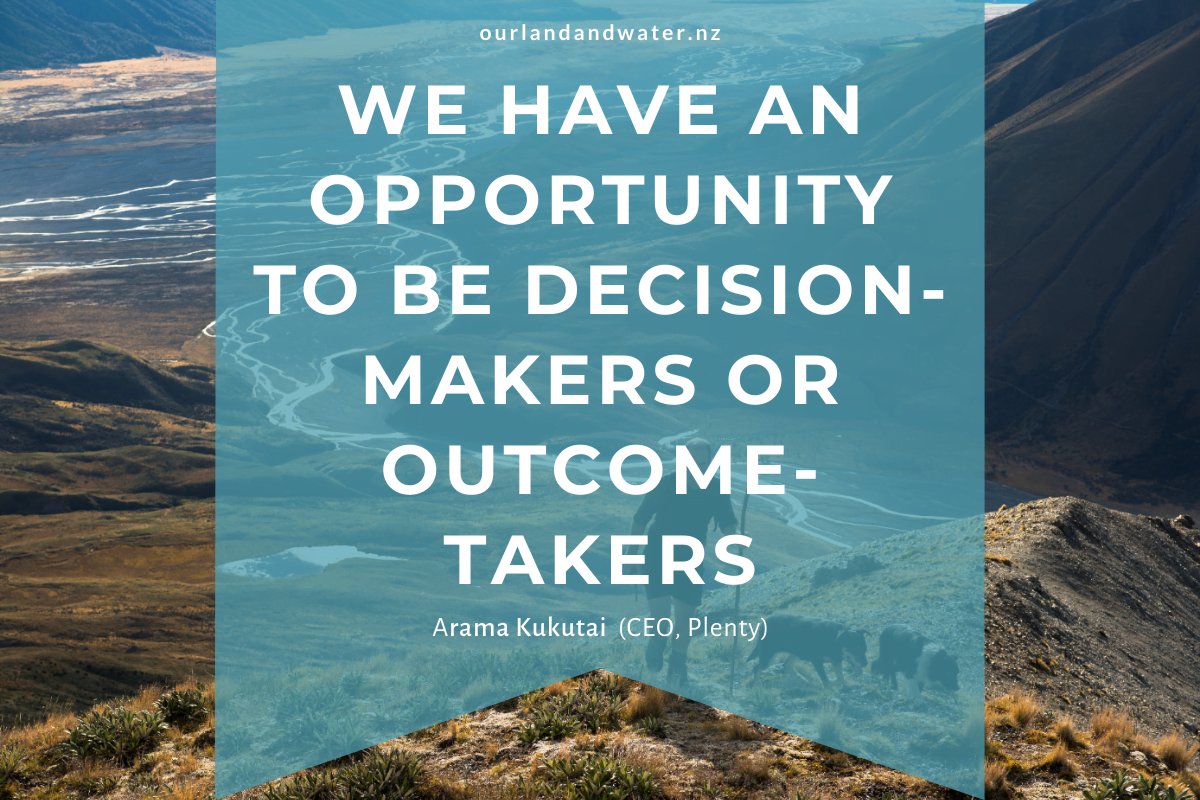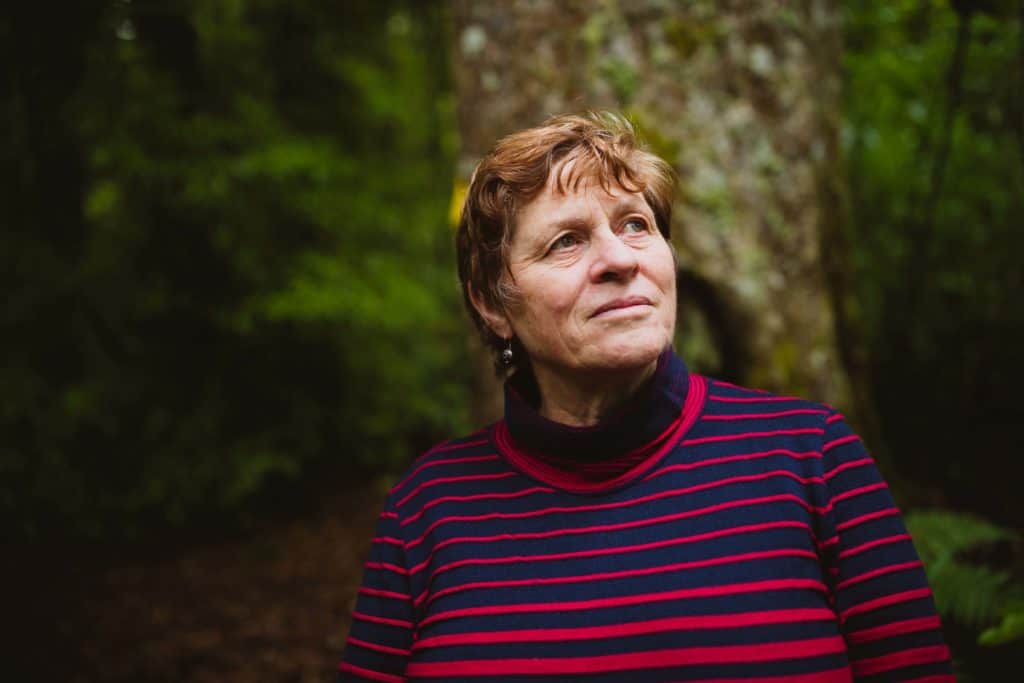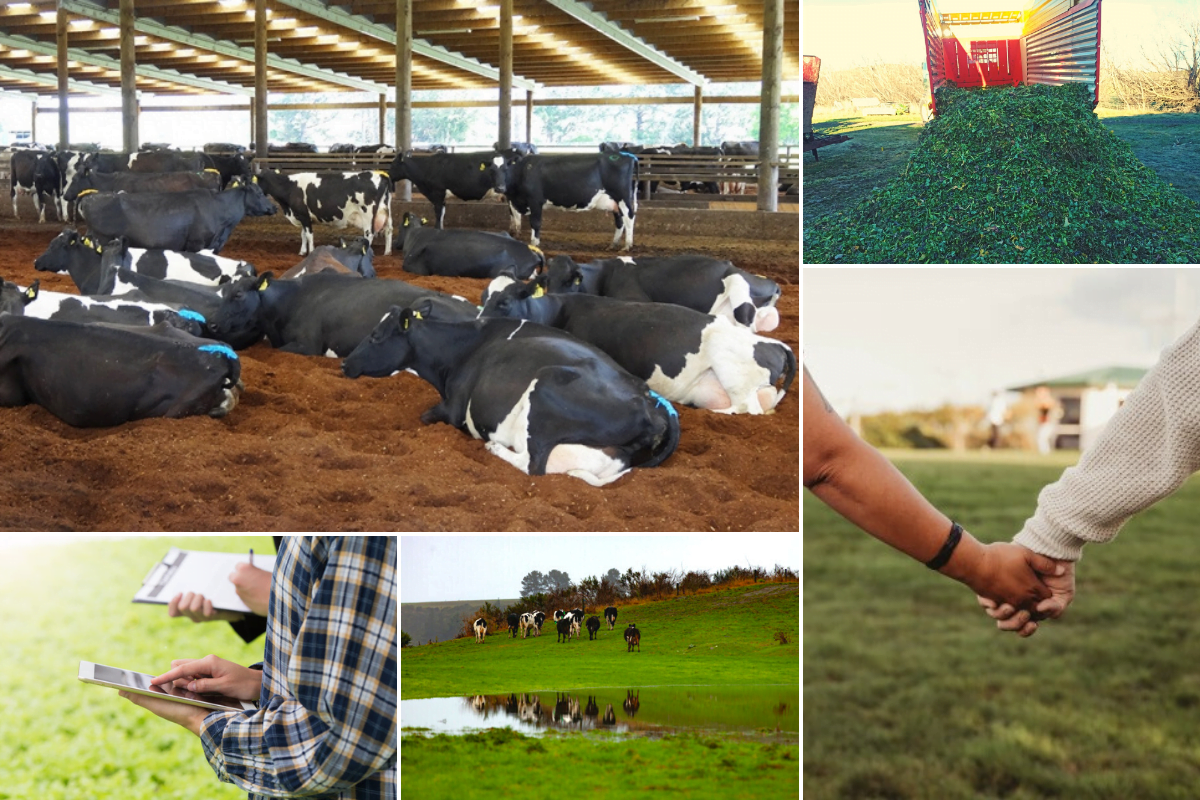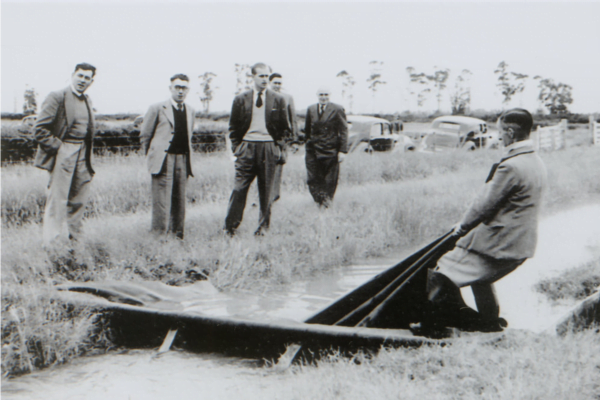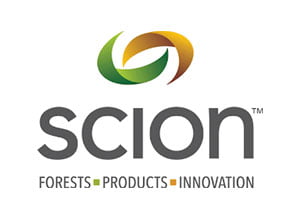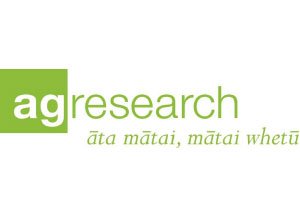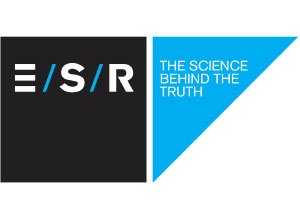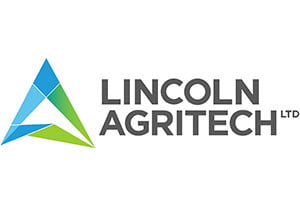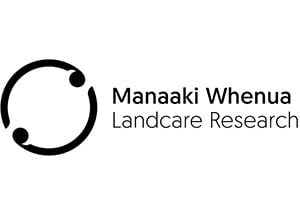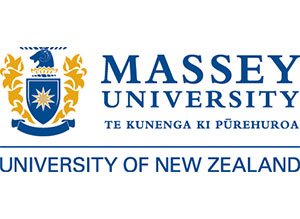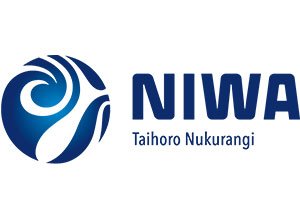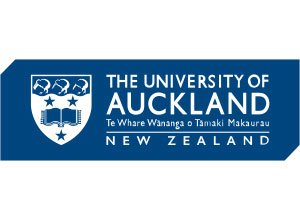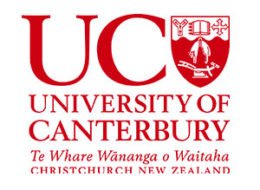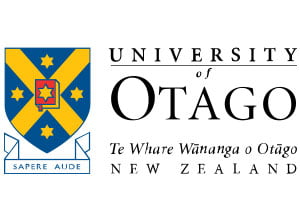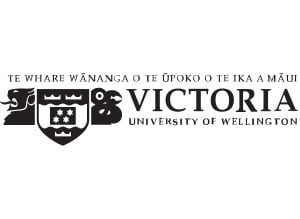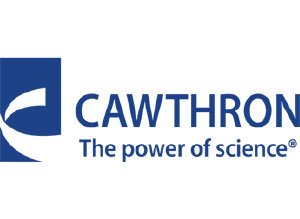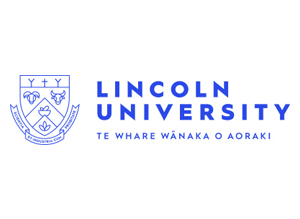August 30, 2024
Our Land and Water has now ended.
Our mission was to preserve the most fundamental treasures of Aotearoa – its land and water – while producing value from those same treasures.
Resource Finder
Use one, some or all the filters below to explore our resources, tools & research.
Know what you are looking for? Type below
Or, use our filtered search by selecting as little or as much as you like.
Showing 1 - 9 of 995 results
Barriers to Environmental Change
Farming in New Zealand is changing. The environmental impacts of farming are presenting more interlinked challenges. The pressure is on farmers to shift from the…
Benign denitrification in shallow groundwaters
Land Use and Water Quality Agriculture and the Environment, Denmark, June 2019
Determining the greenhouse gas reduction potential of regenerative agricultural practices
New Zealand's greenhouse gas emissions are heavily influenced by agricultural activities, which account for 48% of total emissions. Most of these emissions come from methane…
Measuring the benefits of management actions: Mitigation effectiveness monitoring design (proof of concept phase)
A five-step process was developed to answer the key question asked of Working Group 1:'Have the mitigation actions resulted in improved freshwater outcomes?'. To assist…
Kōura at Taipōrutu, Te Māhia-Mai-Tawhiti
Kōura is an endangered freshwater species that is experiencing an increased national profile. Te Māhia Peninsula landholder Mere Whaanga, with the help of fellow resident…
Shifting from land-use capability to land-use suitability
The LUS classification system will be based on concatenation of three categories: land-use potential, contribution to catchment contaminant delivery, and pressure in receiving environments (Fig.…
Science for Policy: The role of science in the National Policy Statement for Freshwater Management
This report takes a rare ‘behind the scenes' look at how environmental policy is developed in Aotearoa New Zealand. The report includes comments from confidential…
Linking Legacies to Wai
Accounting for lag times and natural concentrations of contaminants in groundwater
Where are we conducting our research?
This interactive map shows the location of all our research projects to help connect you with the research happening in your catchment.
Hover over regions and click to see key information about the projects.
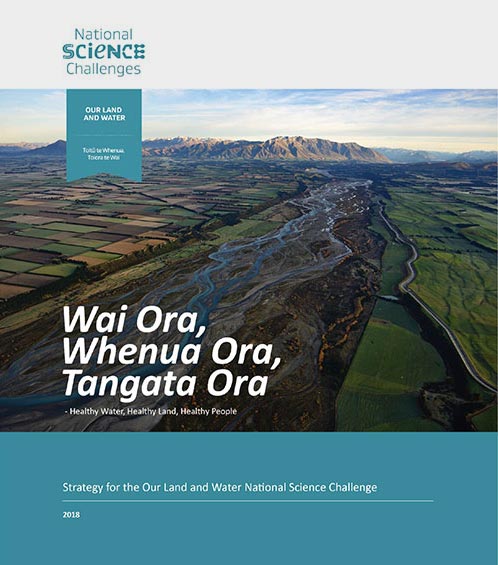 View Our Strategy Document 2019 – 2024
View Our Strategy Document 2019 – 2024
